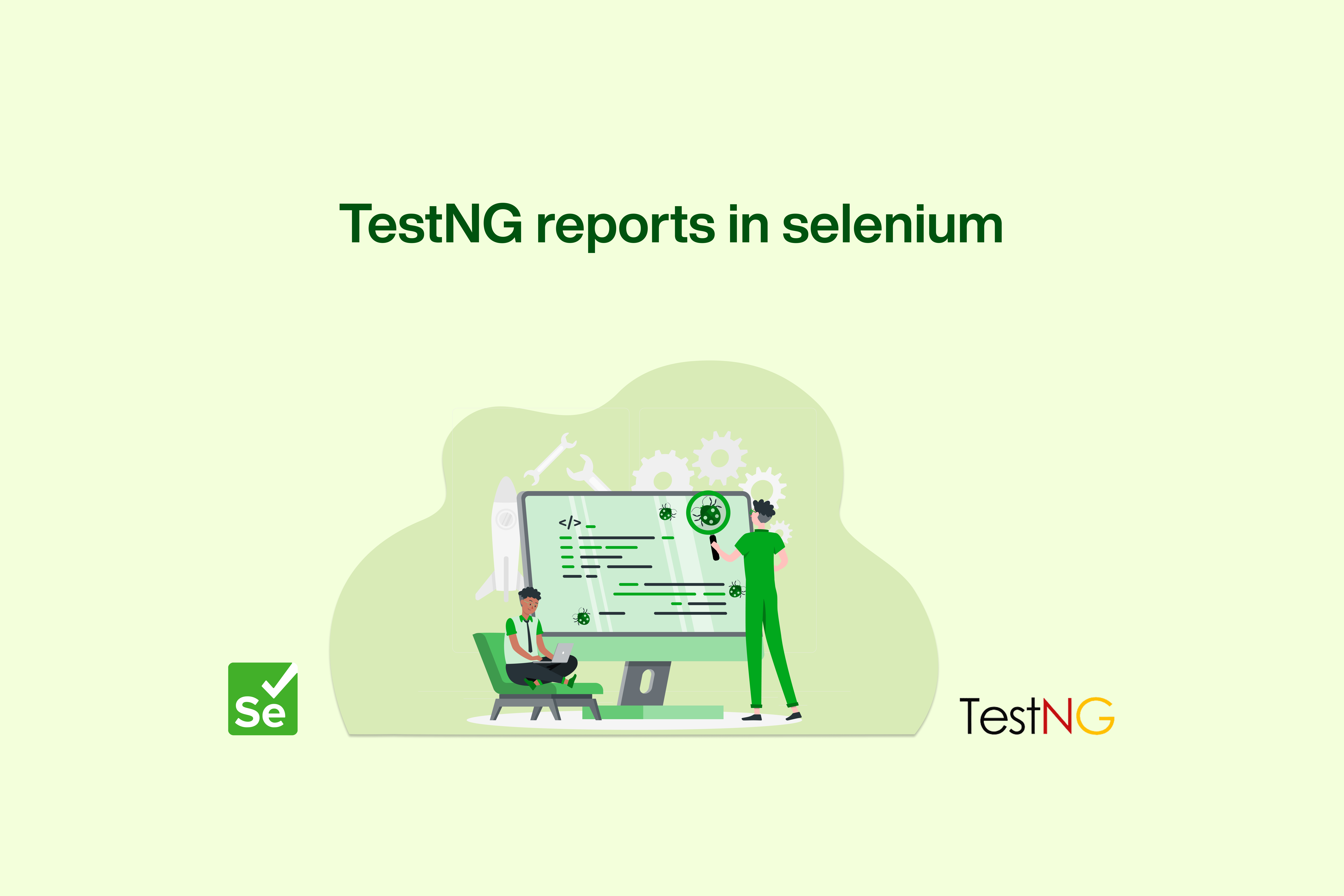TestNG is a widely used, open-source testing framework for Java, revolutionizing software testing with its advanced features and flexibility. It drew inspiration from JUnit and NUnit but introduced several enhancements and improvements.
The core capabilities of TestNG include the use of annotations to mark methods as test cases, configuration methods, and for defining test groups. By leveraging annotations, Testers can easily control the flow of test execution and set up pre- and post-test configurations effortlessly.
- Test Configuration: Annotations like @BeforeTest, @AfterTest, @BeforeMethod, and @AfterMethod enable seamless test setup and cleanup operations.
- Test Grouping: Execute specific test groups based on requirements or categories, making test management more efficient and organized.
- Parameterization: Run the same test with multiple sets of data, improving test coverage and efficiency without duplicating test code.
- Dependency Management: Specify the order of test method execution based on conditions, simplifying complex test suite management.
- Parallel Execution: Run test methods concurrently to reduce execution time and speed up the testing process for large test suites.
- Detailed Reports: Generate HTML-based reports with comprehensive insights into test results and failures, aiding issue identification and debugging.
TestNG stands out as a user-friendly testing framework, primarily due to its comprehensive and customizable TestNG reports. Here are some ways in which TestNG reports enhance user-friendliness and provide valuable insights.
TestNG reports are HTML-based reports generated by the TestNG testing framework after the execution of test cases. These reports provide valuable insights into the test execution process and help testers and developers understand the results more effectively. TestNG reports contain various information about the test run, including:
- Test Results: The reports display a summary of the total number of test cases executed, passed, failed, and skipped.
- Test Execution Time: The reports show the time taken to execute each test method and the overall test suite.
- Test Configuration: Information about test configuration methods (e.g., methods annotated with @BeforeTest and @AfterTest) that are executed before and after test suites.
- Test Groups: If test cases are grouped using TestNG's grouping feature, the reports show the results for each group separately.
- Test Parameters: In cases where test methods are parameterized, the reports display results for each set of test data.
- Stack Traces: When test failures occur, the reports provide stack traces for easier debugging and identification of issues.
- Test Logs: Custom log messages generated during test execution can be included in the reports.
- Timeouts: If any test methods encounter timeouts during execution, the reports highlight these occurrences.
- Configuration Failures: The reports indicate any failures that might have occurred in test configuration methods.
- Report Customization: TestNG allows users to customize the report appearance and content using listeners and report templates.
Overall, TestNG reports significantly enhance the testing experience by providing detailed, visually appealing, and customizable information about test execution. The user-friendly nature of these reports simplifies the testing process, improves test analysis, and fosters effective communication among team members.




